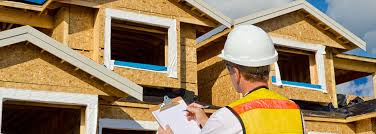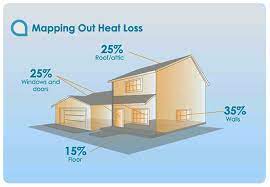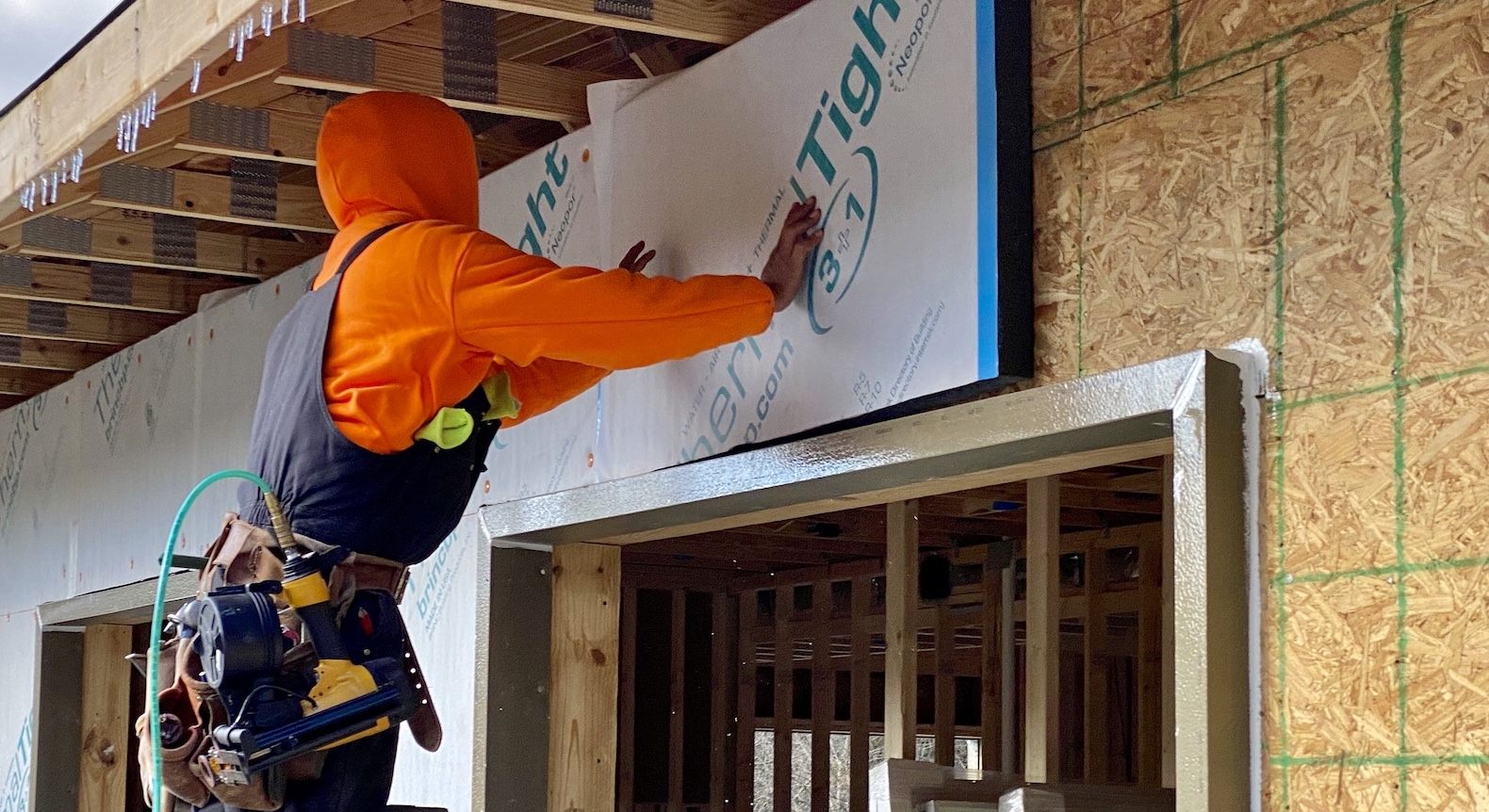What Building Inspectors Should Know About the 2021 IECC changes

Building inspectors play a critical role in ensuring that new construction and renovation projects meet the requirements of the International Energy Conservation Code (IECC). The IECC is a model energy code that is adopted by many states and municipalities in the United States to establish minimum standards for energy efficiency in building design and construction. The 2021 version of the IECC includes new insulation requirements that will have a significant impact on building design and construction.
Here's what building inspectors should know about the 2021 IECC insulation requirements.
What's New in the 2021 IECC?
The 2021 IECC includes several new provisions related to insulation. Here are the key changes:
- Increased R-Value Requirements: The 2021 IECC requires higher R-values for insulation in most climate zones. The new requirements represent an increase of up to 30% over the 2018 IECC requirements.
- Continuous Insulation: The 2021 IECC requires continuous insulation (CI) in most climate zones. CI is a layer of insulation that is applied continuously over the exterior of a building envelope, rather than being installed between studs or joists in the wall or roof assembly.
- Air Barrier Requirements: The 2021 IECC includes new requirements for air barriers, which are materials that are used to prevent air leakage in a building envelope. The new requirements are designed to help improve energy efficiency and indoor air quality.
- Duct Insulation Requirements: The 2021 IECC includes new requirements for duct insulation, which are designed to help improve energy efficiency and reduce energy loss from HVAC systems.
How Will These Changes Impact Building Design and Construction?
The new insulation requirements in the 2021 IECC will have a significant impact on building design and construction. Here are some of the key ways that the changes will impact the industry:
- Increased Material Costs: The increased R-value requirements and the new CI requirements will increase the amount of insulation that is required in most climate zones. This will result in higher material costs for builders and contractors.
- Changes to Building Design: The new CI requirements will require changes to building design, as the continuous layer of insulation will need to be incorporated into the exterior of the building envelope.
- Increased Focus on Air Sealing: The new air barrier requirements will increase the focus on air sealing in building design and construction. This will require builders and contractors to pay closer attention to the details of air sealing to ensure that the building envelope is effectively sealed against air infiltration.
- Increased Attention to Duct Insulation: The new duct insulation requirements will require builders and contractors to pay closer attention to ductwork design and installation. This will help to reduce energy loss from HVAC systems and improve overall energy efficiency.
How Can Building Inspectors Ensure Compliance with the 2021 IECC Insulation Requirements?
Building inspectors play a critical role in ensuring that buildings comply with the requirements of the IECC. Here are some key steps that building inspectors can take to ensure compliance with the 2021 IECC insulation requirements:
- Review Plans and Specifications: Building inspectors should carefully review building plans and specifications to ensure that they comply with the new insulation requirements. This will help to identify any areas where additional insulation or air sealing may be required.
- Check Insulation R-Values: Building inspectors should check the R-values of insulation materials to ensure that they meet the new requirements. This will help to ensure that buildings are adequately insulated to meet the requirements of the IECC.
- Inspect Continuous Insulation: Building inspectors should inspect the installation of continuous insulation to ensure that it is installed properly and meets the requirements of the 2021 IECC. This will involve checking the thickness of the insulation, the location of the insulation, and the type of insulation used.
- Inspect Air Barriers: Building inspectors should inspect the installation of air barriers to ensure that they meet the requirements of the 2021 IECC. This will involve checking for gaps, cracks, and holes in the air barrier, as well as inspecting the continuity of the air barrier across the entire building envelope.
- Inspect Duct Insulation: Building inspectors should inspect the installation of duct insulation to ensure that it meets the requirements of the 2021 IECC. This will involve checking for gaps and compression in the insulation, as well as inspecting the continuity of the insulation across the entire duct system.
- Provide Education and Outreach: Building inspectors can play a valuable role in educating builders, contractors, and homeowners about the new insulation requirements in the 2021 IECC. This can help to ensure that everyone involved in the construction process understands the requirements and is able to comply with them.
The new insulation requirements in the 2021 IECC represent an important step towards improving the energy efficiency and sustainability of new construction and renovation projects. Building inspectors play a critical role in ensuring that buildings comply with these requirements, and by taking the steps outlined above, they can help to ensure that buildings are adequately insulated, air sealed, and energy-efficient. By working together with builders, contractors, and homeowners, building inspectors can help to create a more sustainable built environment that benefits everyone. The 2021 IECC insulation requirements may represent a challenge for the building industry, but they also represent an opportunity to improve the quality and efficiency of the buildings that we construct and to create a more sustainable future for us all.




